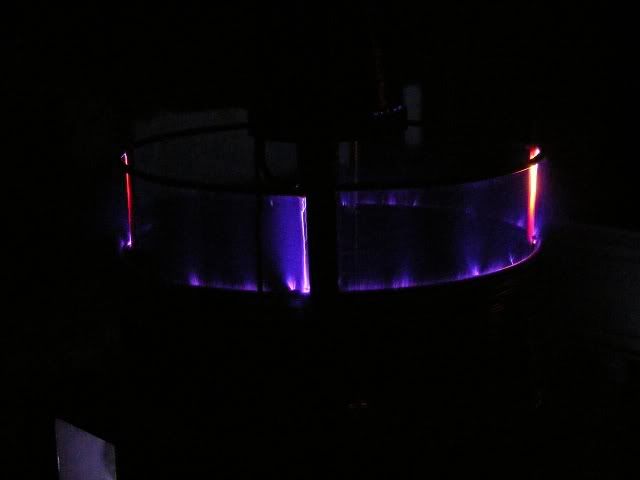Wow
Hi Slow N Easy.
Oh wow--thanx again for that valuable info.
That 1st circuit looks like the easiest to start with and I will be starting on that today. -although with a flyback supply as I don't have an NST as of yet.
Please keep us posted on any changes or improvements as you go and I shall do the same .
Regards, Paul
Originally posted by SLOW-N-EASY
View Post
Hi Slow N Easy.
Oh wow--thanx again for that valuable info.
That 1st circuit looks like the easiest to start with and I will be starting on that today. -although with a flyback supply as I don't have an NST as of yet.
Please keep us posted on any changes or improvements as you go and I shall do the same .
Regards, Paul













Comment